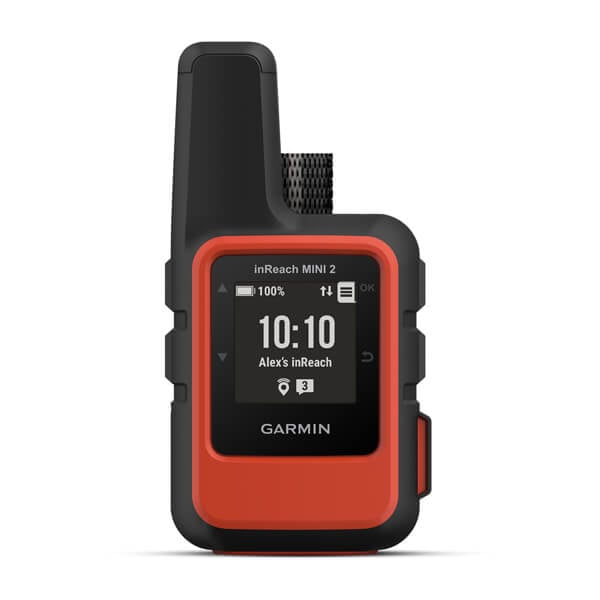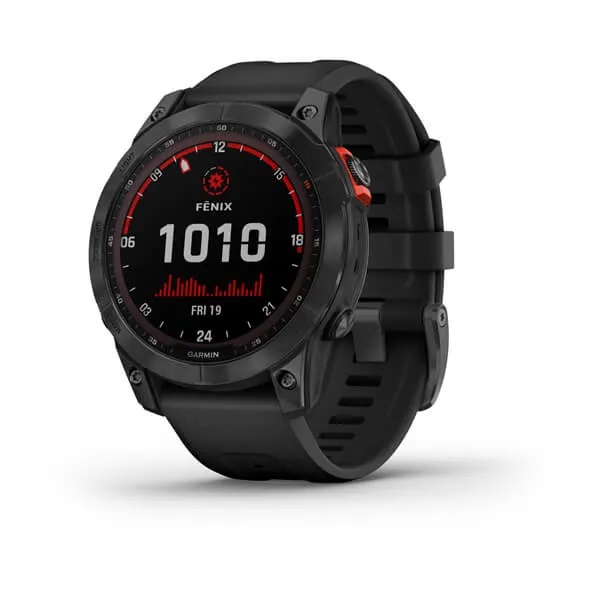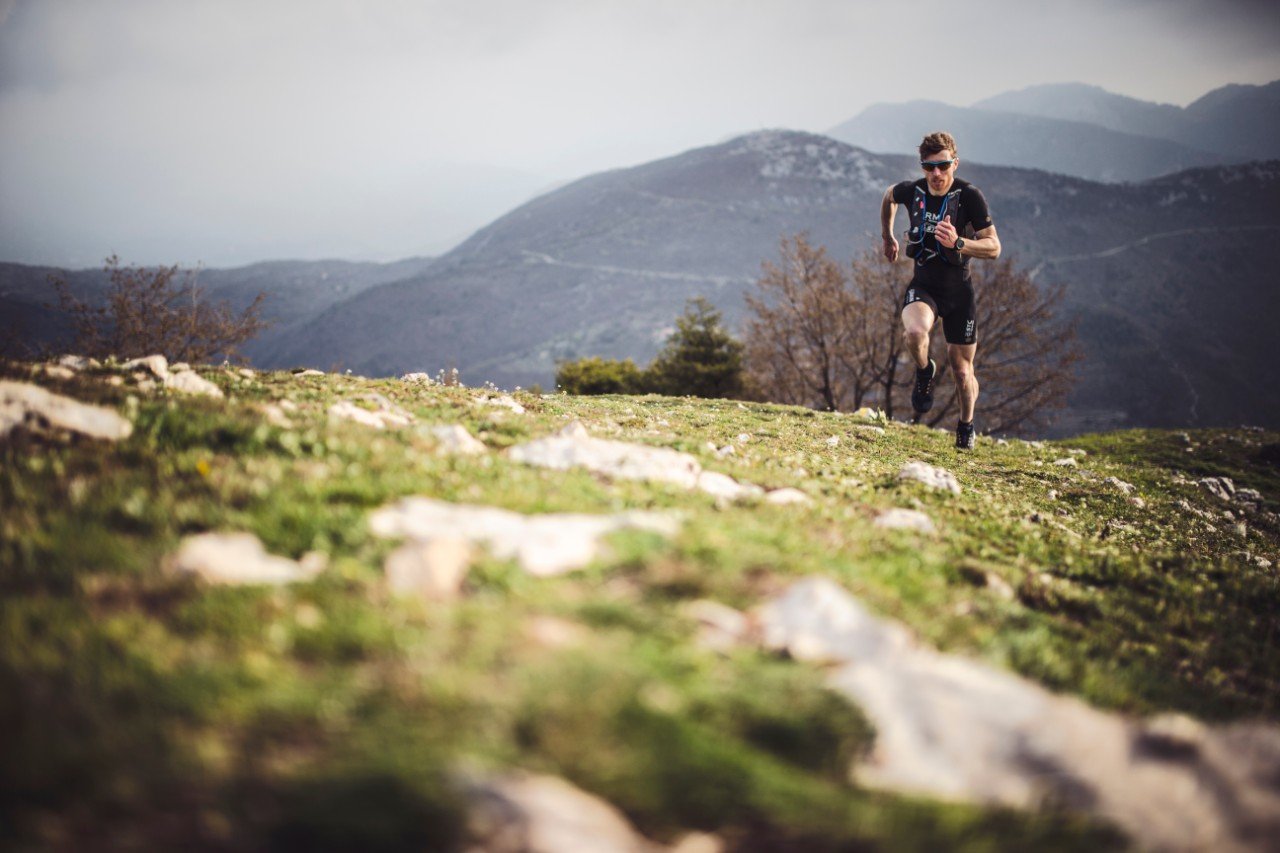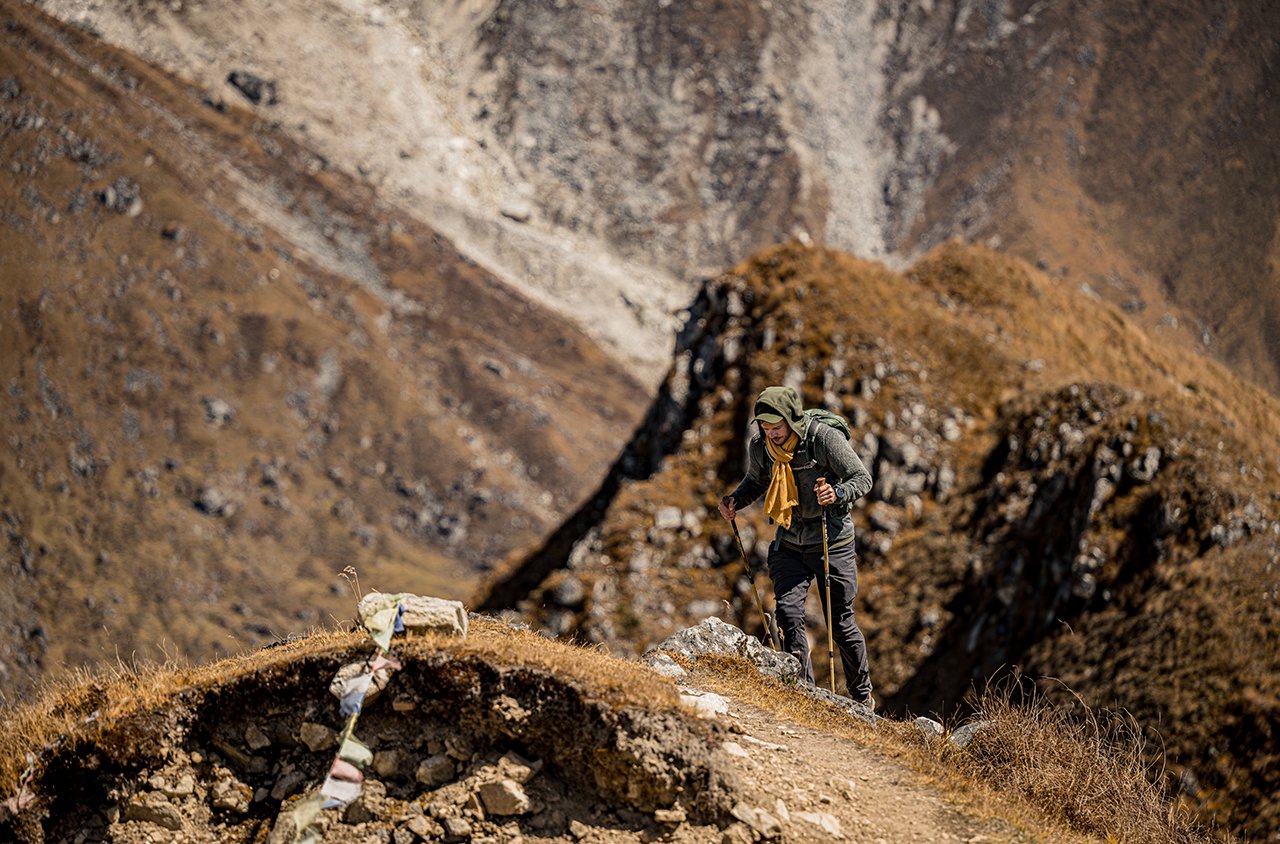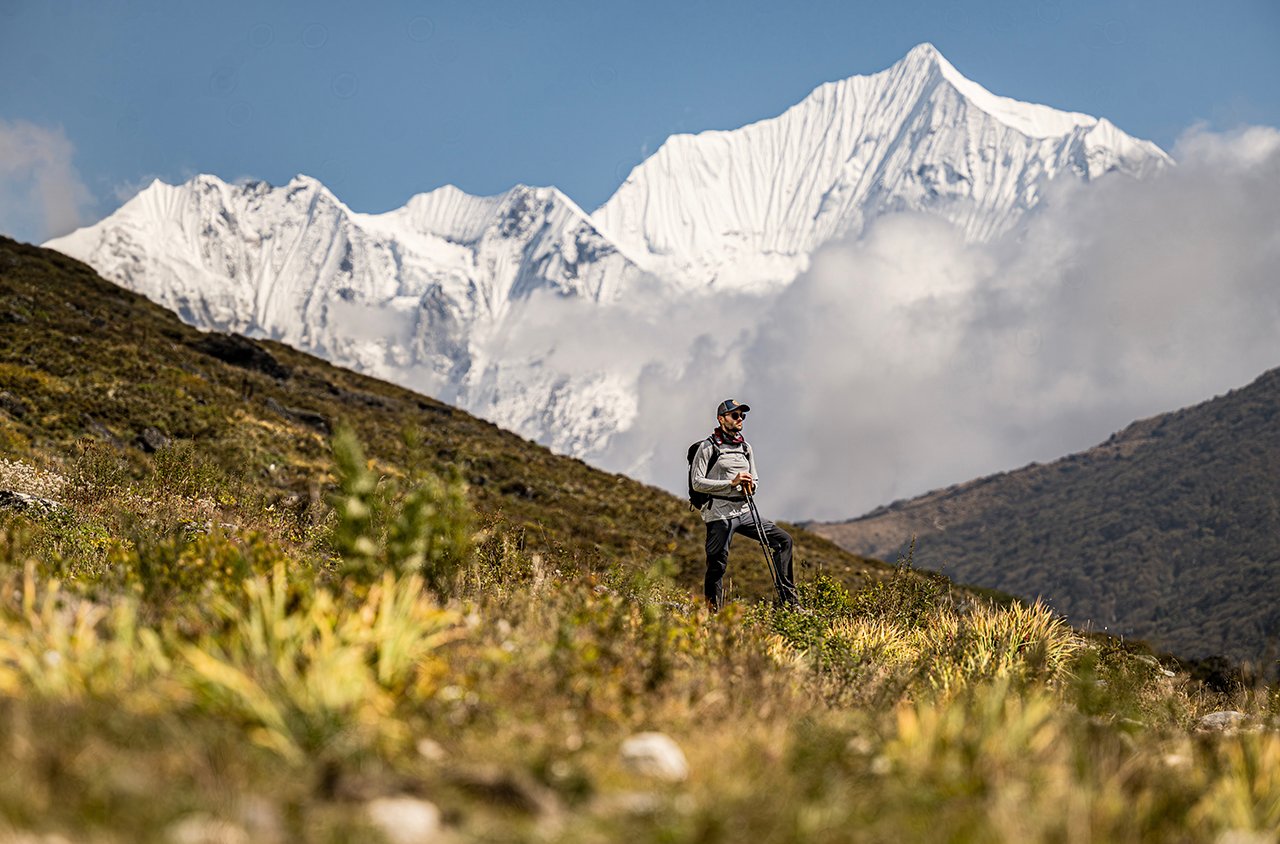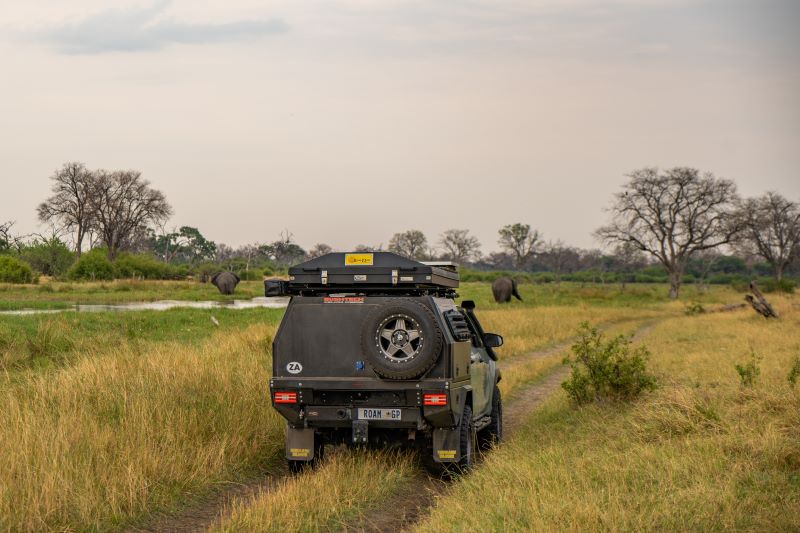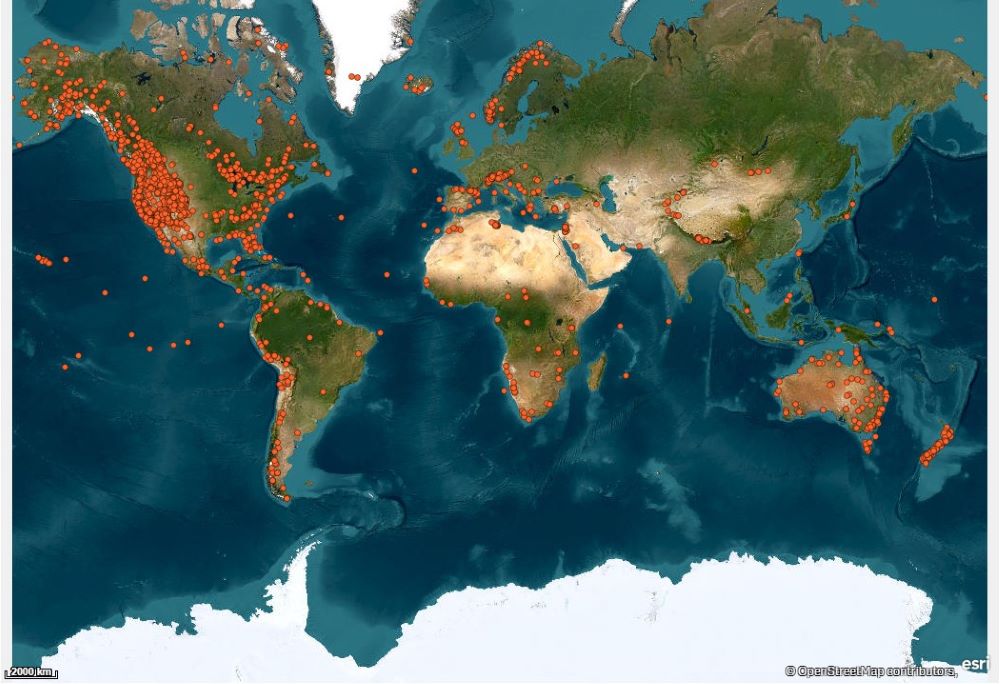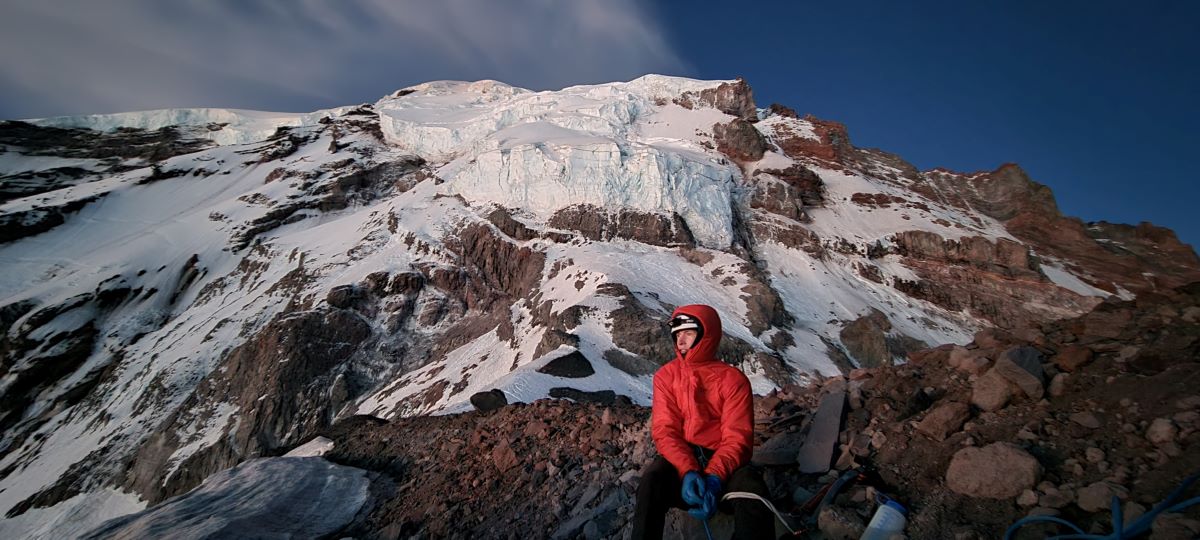
Headlamp SOS Leads to Rescue of Injured Climber on Mount Rainier
In the darkness of night and more than halfway up Mount Rainier, Jaden Stewart and his two party members noticed a flashing light from across a ridgeline. An inReach® SOS trigger and 10-hour rescue ensued. He shared the story with Garmin.
We arrived at the ranger station at 7:30 a.m. to pick up our backpacking permit, eager to get on the trail. The plan was to climb Mount Rainier via Ptarmigan Ridge — a more technical route that scales the northwest side of the mountain. The route starts at White River and has two major glacier crossings before gaining elevation drastically via snow-covered slopes, with the possibility of technical rock or ice climbing. As we discussed the route and our preparation with the rangers, we were informed that another party was attempting the climb and had started the day before us. Soon enough we were packed and on the trail.
After 10 miles, two glacier crossings and a vertical gain of 7,000’, we had finally reached high camp. We began melting snow for use as drinking water and to rehydrate our dinners. We could now overlook the technical portion of the route — the first part of the climb consisted of a traverse beneath a serac where there was a high potential of rock and ice fall. As we sat eating our dinners, we watched as rocks showered the face, and large portions of the serac tumbled down the slopes — breaking into smaller pieces. As the cold started to set in, we quickly stored all our personal items and tucked into sleeping bags for the night. We made a final check of the weather using our Garmin inReach satellite communication device, and with no bad weather in the forecast were able to rest for the short night under the stars.
At 1 a.m., my Garmin fēnix® watch chirped and buzzed, causing annoyance until I remembered I was more than halfway up Mount Rainier. I slowly awoke, not eager to leave the warmth of my sleeping bag. It was so cold that I ate breakfast and changed, all before removing a single part of my body from the sleeping bag. All of us were up and moving around under dim light when suddenly we noticed something: a headlamp on Ptarmigan Ridge.
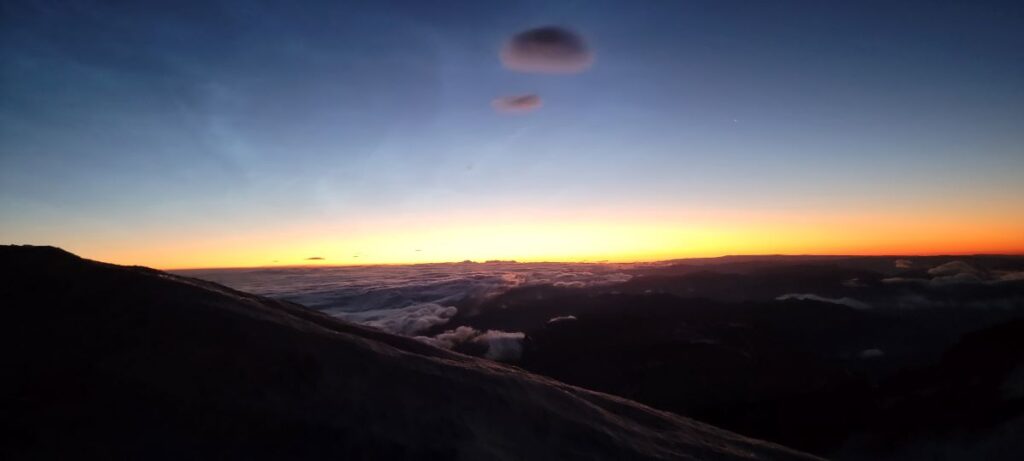
We were immediately concerned that something may have happened to the party ahead of us. Seeing a single headlamp allows one’s mind to assume the worst. Though it was possible that the party had just been postponed, we knew immediately that we needed to start moving toward the individual and try to make contact, just in case. Unfortunately, the wind was blowing heavily, and there was no way to contact the individual from that distance. So with haste, we packed up camp, roped up and began crossing the first technical ridgeline.
Every so often, we glanced over the ridge to the location of the individual. Eventually, they began flashing SOS with their headlamp. An accident had clearly occurred. Climbing was no longer on the table; instead, a rescue was initiated.
We determined that the individual was not moving, and upon further discussion decided that triggering an SOS on the inReach Mini device was the best choice. At that point in the morning, there was nothing more to do but sit and wait. Once the sun rose, we would be able to survey the scene, though we moved as close as we could without putting our own lives at risk — just close enough to contact the individual during pauses from the gusting wind.
It was hard to communicate from afar, but we were able to get some basic information: the individual was alone and was unable to move due to a broken leg. We confirmed to them that search and rescue (SAR) had been contacted. The three of us discussed the options as a small amount of light started to show the debris-covered slopes before us. If we were going to help this individual, it needed to be sooner rather than later as to not put our own lives at risk. Upon further discussion, we decided we needed to move closer to the individual and investigate the scene further. As the sun pierced the skies and lighted the path below us, we made our move.
We introduced ourselves to the individual and immediately started asking questions while surveying the scene. The partner of the individual had already left to get help. It was determined that the individual had been struck by a rock while climbing, breaking both his tibia and fibula, and causing an open wound. We assessed the wound, but everything was tightly bound with a sleeping pad and splint made from a snow picket. We could not see any visible bleeding and figured it was best to not undo the wrapping. The best solution was to keep the individual warm and move to a safe location for rescuers to remove him from the mountain.
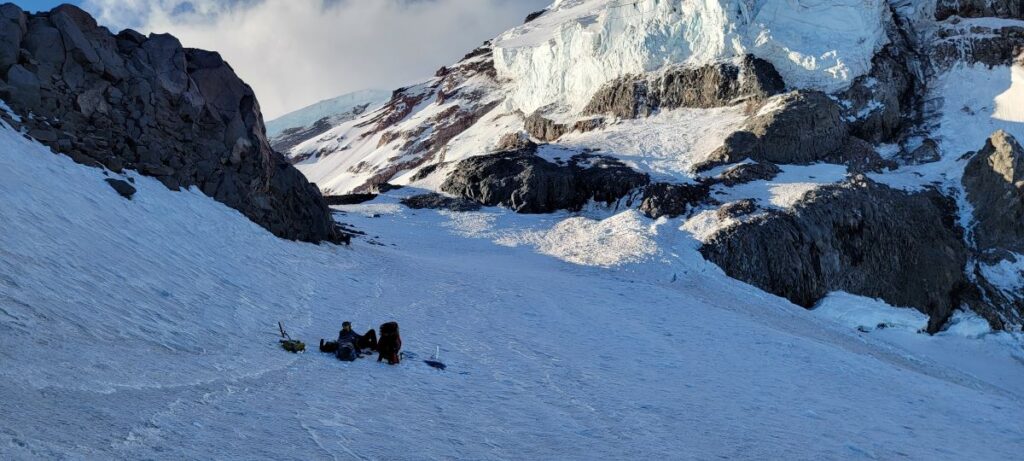
Two of us picked him up over our shoulders, trying hard not to let his bad leg move. The other shoved all of his gear into a pack and grabbed anything that couldn’t fit. It took what felt like forever to move him about 200 yards back across the slope and out of the debris field, but all of us were then in a safer position on the mountain — although not completely safe. It was paramount that we got the individual into a sleeping bag, and we quickly pulled out our emergency bivy in every attempt to keep him warm. We also heated up tea for him to drink and keep against his body while in the sleeping bag.
The world became quite small as we all somehow knew each other from home. He shared with us the series of events that lead to this situation. Apparently, they found out that moving up the planned route would put them in danger of rockfall. As they discussed that, they had mentioned seeing rock and snow fall from the route. Since there was an inherent danger, they made the choice to try and cut up the gut of the route — forging their own path. Only a short distance into starting their climb, a rock came down and struck the individual’s leg.
The partner had medical training and was able to stop the bleeding and brace the leg with a snow picket. He was, however, unable to move the hurt individual, ultimately making the call to get off the mountain to summon help. We later came to find out that the partner had gotten himself into trouble getting off the mountain, which caused him to take longer to get back to civilization. It was apparent that the individual was lucky that we had come along before his partner would have been able to get help.
There was not much we could do at that point other than wait for emergency services. I had gotten confirmation via inReach message that the SAR team was trying everything in their power to get a helicopter dispatched but was having trouble finding anyone who could fly in the weather. Even though it was clear, the winds still howled at what we estimated to be 30 mph. Everyone was closing their eyes to get rest; however, I stayed awake to make sure my responses to the inReach messages coming in were with haste. Then, a message came confirming that a military helicopter was on its way.
At 1 p.m., we heard the rotors faintly in the distance as the outlined shape of a Chinook helicopter pierced the skyline. The loud sound of the Chinook rattled us to our cores. It took time for the Chinook to survey the scene and determine if they could land. Eventually, two individuals were lowered from the helicopter to assess the individual and begin the rescue. Soon, the helicopter was headed back to pick up the individual and the rescuers. We, however, were not going to get a free ride off the mountain. Due to the high winds, it was far too dangerous to take us out with them.
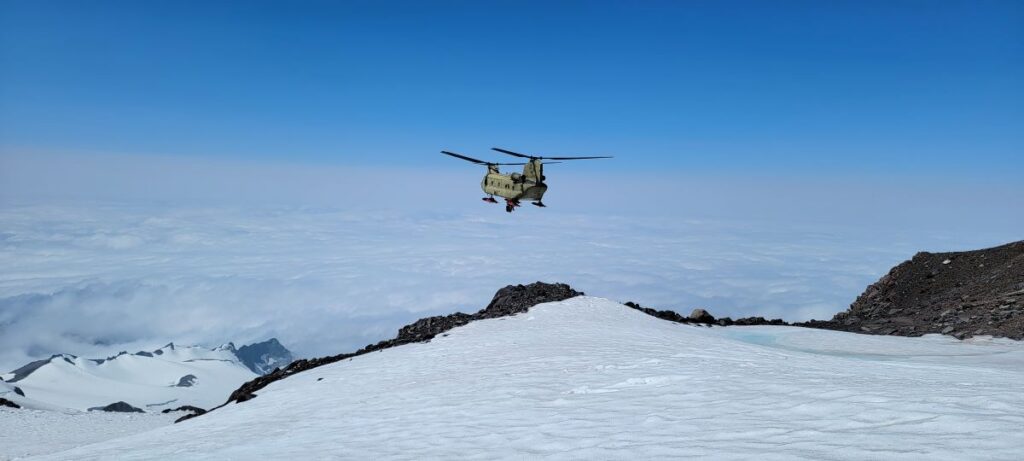
We moved away as the helicopter came back around, hovering overhead and causing ice shards to cut into our faces from the surface below. We watched as the last rescuer was pulled into the belly of the beast, and with a quick move, silence overcame us. We were alone again on the empty rock, but now we were exhausted and had hours of walking ahead of us. We quickly packed everything away as time was of the essence — we had to get back to the cars before night fell upon us.
As we neared the glacier, a heavy fog dropped down the mountain, engulfing us in a white abyss. It made it very difficult to see even the person in front of me, and I felt as though I was on a barren landscape with no sense of direction and no visual aids to help in crossing the glacier. Plus my phone had died — along with my downloaded map. Luckily, my partners had the same map downloaded and were able to keep us moving forward. I was also fortunate to have my fēnix watch, which had my location and maps. In a worst-case scenario, the watch would have sufficed to keep us on track.
As we moved along, my mind was in a daze — just moving one foot in front of the other and following the line tugging at my waist. I wondered if we would ever get to the other side or ever see any color other than white. Slowly, we stomped along until finally the ridge appeared. The two glacier crossings were now at our back, and a safer environment was just ahead. Crampons were no longer required, and we knew the massive snowfield ahead went straight to the trail below. Lined up and ready to go, we all set off down the mountain, sliding on our butts using the ice axes as a rudder to direct us — a much faster way to get down. The dirt trail still took some time, but every step down I knew I was almost back.
Eventually, more and more people were visible and soon, even some cars. We had finally made it, and the adventure was now behind us. Of course, we still had to drive to the nearest town to stay. In the end, we slept in the car with no luck at finding a place to stay, but after being awake for 24 hours, it was one of the best night’s sleeps I have ever had.
NOTICE: To access the Iridium® satellite network for live tracking and messaging, including SOS capabilities, an active satellite subscription is required. Some jurisdictions regulate or prohibit the use of satellite communication devices. It is the responsibility of the user to know and follow all applicable laws in the jurisdictions where the device is intended to be used.
